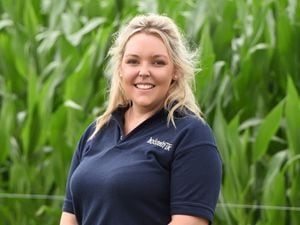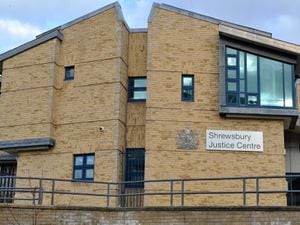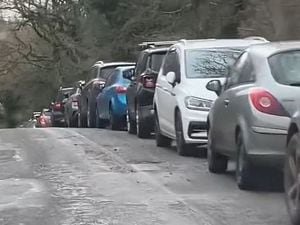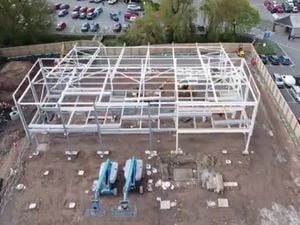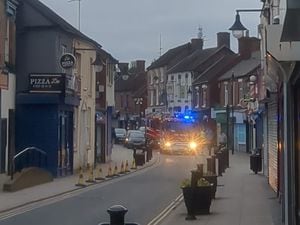Telford General Election preview: A must-win marginal for main parties
The Telford seat is a three-way contest that only has one certainty – it will be won by a woman.
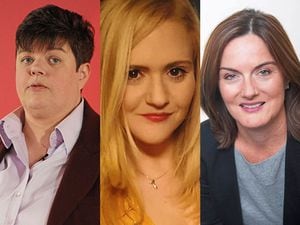
The candidates are all women, with Lucy Allan seeking re-election for the Conservatives, Katrina Gilman trying to turn the seat red again for Labour, and the Lib Dems’ Shana Roberts plotting an unlikely upset.
The seat is of huge significance and a potential bellwether for the national mood, with the result as unpredictable as any in December’s poll.
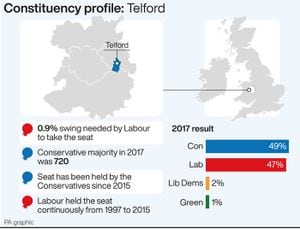
The importance has been reflected in both the main party leaders’ focus on Telford, with Boris Johnson and Jeremy Corbyn both having visited in the past month.
Mr Johnson even launched the Tory Manifesto at Telford’s International Centre at the weekend where he said the election was a contest between “retrograde destructive socialism” and “sensible one nation Conservatism”.
A seat neither party can afford to lose
Of all the county’s constituencies the national spotlight will fall on Telford for election night, with the stage set for another titanic showdown between Labour and the Conservatives.
Telford is where Boris Johnson chose to launch the party’s manifesto at the weekend, and also where Jeremy Corbyn chose to launch Labour’s election campaign earlier in the month.
Only 720 votes decided the 2017 result. On that occasion Lucy Allan was re-elected as the Conservative MP, beating Labour’s Kuldip Sahota by 21,777 votes to 21,057.
Ms Allan is standing for re-election, but her opponents, and the landscape against which the election is taking place have changed significantly in the past two years.
This time round Labour have put forward Katrina Gilman and the Liberal Democrats have selected Shana Roberts.
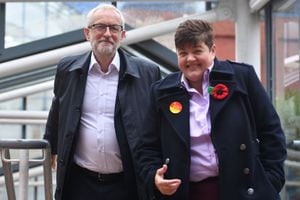
Interestingly the seat is only being contested by three candidates. In 2017 it was four, with the addition of the Green Party’s Luke Shirley. Although a simplistic analysis, Mr Shirley secured 898 votes in 2017, enough to have swung the seat decisively one way or the other. This time round those 898 voters will have no option to support their 2017 choice.
The seat is strictly a two-way race between The Conservatives and Labour, and has been since it was created in 1997.
Ms Allan’s success, which has seen her elected in 2015 and 2017, is notable for a trend that has seen the Labour Party’s popularity in the town steadily diminishing, although the party does command control of Telford & Wrekin Council.
In 1997 – the year of the Blair landslide and the first the seat was contested – The Labour Party secured a majority of 11,290. In 2001 that was cut to 8,383, then 5,406 in 2005, and 1,011 in 2010, before Ms Allan finally won the seat for her party with a 730 majority in 2015.
With major local issues, such as health services, and large national matters, such as Brexit, in the background, December’s result is as unpredictable as ever.

The backdrop to the election has seen a huge level of local anger over planned changes to the town’s hospital services.
At the start of the year local health bosses approved a plan that would see Princess Royal Hospital lose its 24-hour A&E, and its consultant-led women & children’s unit.
The issue has become a major battleground for the election, with Labour leader Jeremy Corbyn visiting the constituency earlier this month to stake out Labour’s position – that it would keep both of the county’s A&E departments open 24 hours a day. Ms Allan has also been clear in her thoughts, setting up a fundraiser for a legal challenge to the government’s decision – which is now being progressed through legal firm Irwin and Mitchell.
What is sure is that Telford residents have strong feelings over the future of their hospital, and that will almost certainly be a large factor in deciding the outcome of the election.
The most urban constituency in Shropshire
Telford had been held by the Labour Party since the constituency’s creation prior to the 1997 election, when it was spun off from the larger Wrekin seat.
That changed with the arrival of Lucy Allan, who has won two elections as its Conservative MP.
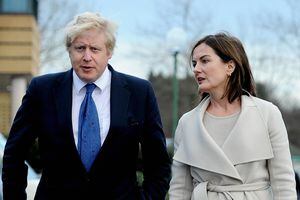
Despite its name, Telford doesn’t run along the same constituency boundaries as the town of Telford.
It includes Priorslee, Ketley, Madeley, Dawley, and old Telford Development Corporation housing estates such as Sutton Hill, Woodside and Brookside.
Former television journalist Bruce Grocott was the first person to hold the new Telford seat after winning by a majority of 11,290 in 1997.
He later relinquished his role as he was elevated to the House of Lords, becoming the chief whip, and paving the way for David Wright to take the reins in his home town.
Telford is now the most urban, industrially-focused constituency in the county, thanks in no small part to the rise of its three major industrial estates – first Halesfield, then Stafford Park and Hortonwood in the 1960s.
Half a million square metres of factory space were opened between 1968 and 1983.

